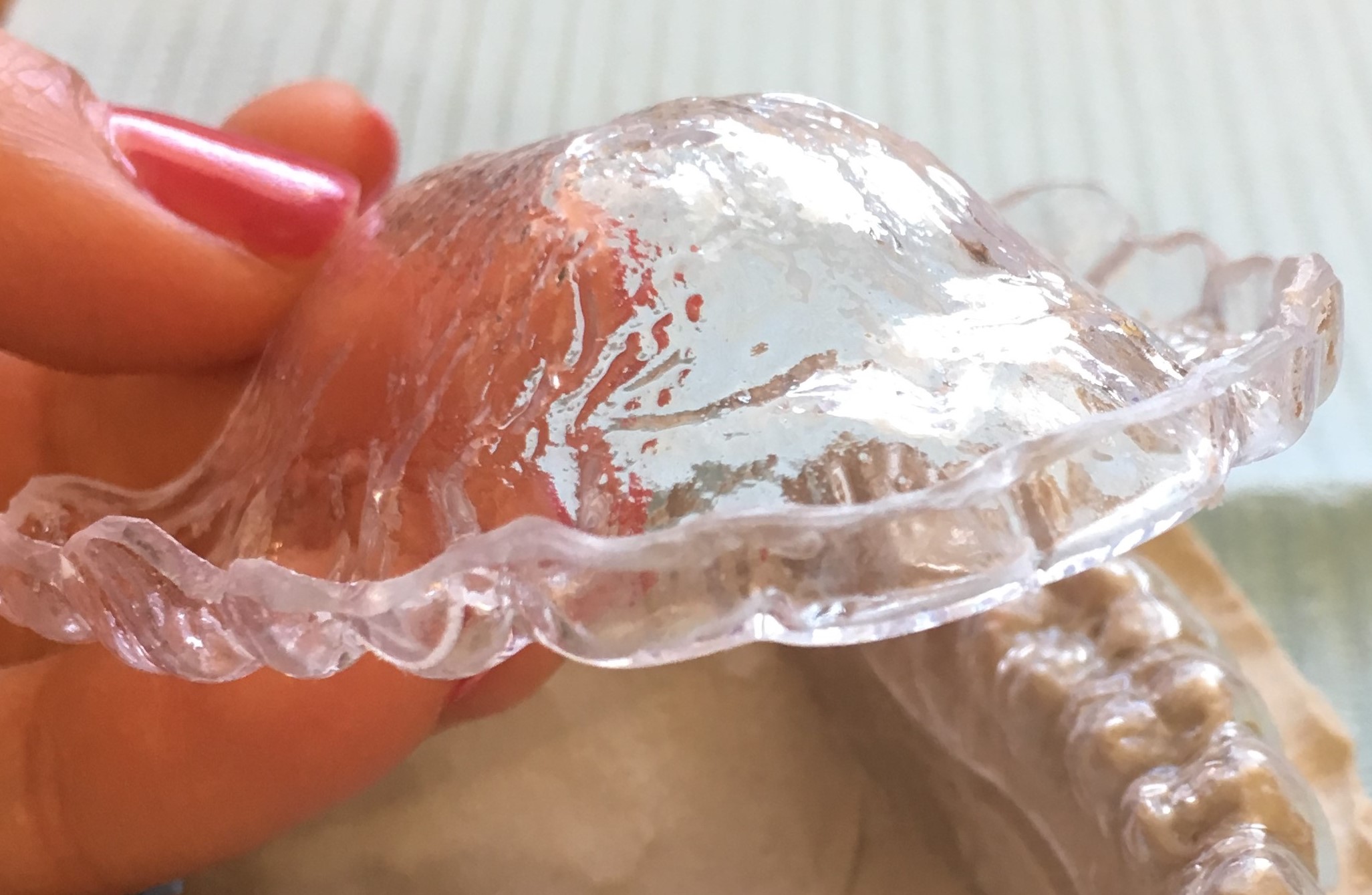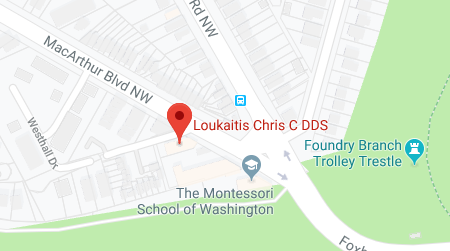What is TMD/TMJ?
Many patients use the terms TMJ and TMD interchangeably. TMJ or the Temporomandibular Joint is the joint that connects the lower jaw (mandible) to the temporal bone of the skull, which is immediately in front of the ear on each side of your head. The joints are different from any other joint in your body because the mandible leaves the socket and slides forward when you open wide. No other joint in your body functions in this manner. Muscles attached to and surrounding the jaw joint control the position and movement of the jaw. A disk shaped cushion sits between the lower jaw and the skull to allow for movement without having bone sliding or grinding against bone.
TMD or Temporomandibular Disorder is the name given to the condition that negatively affects the joint. Because the TMJ is the most complex joint in the body, many different factors can contribute to its dysfunction. TMD can include problems with teeth, muscle, bone, ligaments and other tissues that surround the TMJ. People with TMD can experience severe pain and discomfort that can be temporary or last for many years. Historically, TMD has been difficult to diagnose because many other conditions cause similar symptoms such as a tooth ache, sinus problems, arthritis, or gum disease.
TMD is a complex disorder. Dr. Loukaitis has specialized training in the diagnosis and treatment of TMD and has been treating patients with TMD for over 20 years.
What causes TMD?
Injury to the jaw, temporomandibular joint, or muscles of the head and neck – such as from a heavy blow or whiplash – might lead to TMD. Other possible causes include
- Grinding or clenching teeth
- Dislocation of the soft cushion or disc between the ball and socked
- Trauma to the jaw
- Osteoarthritis or rheumatoid arthritis in the TMJ
- Stress, when it cases a person to tighten facial and jaw muscles or clench their teeth
- Malocclusion of teeth
The TMJ (Temporomandibular Joint) is unique and so different from other joints in the body that a disturbance in its complex function can often cause problems. There are many muscles involved with the opening and closing of your jaw. When this complex system is not functioning properly, it can cause pain. Muscle dysfunction is the number one cause of TMJ-related pain. The disk or cushion that is seated on top of the ball can become damaged or displaced. If the disk is damaged or displaced, the bone of the jaw can grind directly on the bone of the skull and cause pain or limit function and ultimately lead to arthritis.
Trauma to the jaw can create immediate symptoms that can easily be diagnosed, but many times the trauma sets off a long and slow deterioration of the joint that may not have symptoms for years. Incidents like a car accident are easy for patients to remember when recalling their history. Many times, TMD can be caused by an incident not as easily recalled, like a soccer ball in the face or flying over the handlebars and hitting the ground as a child.
The cause of TMD is not clear, but dentists believe that symptoms arise from problems with malocclusion of the teeth, the muscles of the jaw or with the parts of the joint itself. Treatment involves bringing these component systems back into alignment, often starting with an occlusal splint to relax the muscles and allow the jaw to assume its natural position.
Clenching or grinding your teeth can cause symptoms. One of the most common causes of morning headaches is clenching or grinding your teeth at night.
Process
Dr. Loukaitis works to ensure a customized outcome for each patient and always schedules an initial consultation before beginning treatment. Dr. Loukaitis will conduct a careful history and physical exam of your head, neck face, teeth and jaw to determine the cause of your symptoms. Sometimes MRI studies of the jaw joint, tomographic X-rays and autonomic nerve tests are needed. The most common finding is a slipped disk in one or both jaw joints.
Treatment is custom tailored to each patient and depends on the diagnosis. After the initial consultation, you will discuss your options and develop a treatment plan. Treatment often involves two appliances, one to wear during the day and a separate one to wear at night. The average treatment time is three to six months, with follow-up adjustments.
Sometimes treatment requires a collaborative effort by the group of skilled professionals that Dr. Loukaitis works with, including Orthodontists, Maxillofacial Surgeons, chiropractors, osteopathic physicians, massage therapists, and physical therapists. If you need to be evaluated or treated by other specialists, he will refer you. Once an appropriate plan of treatment is determined, the office will help you arrange appointments in the most convenient and efficient sequence.
For more information about TMD, or to make an appointment with Dr. Loukaitis, call our office at (202) 965-0333.








